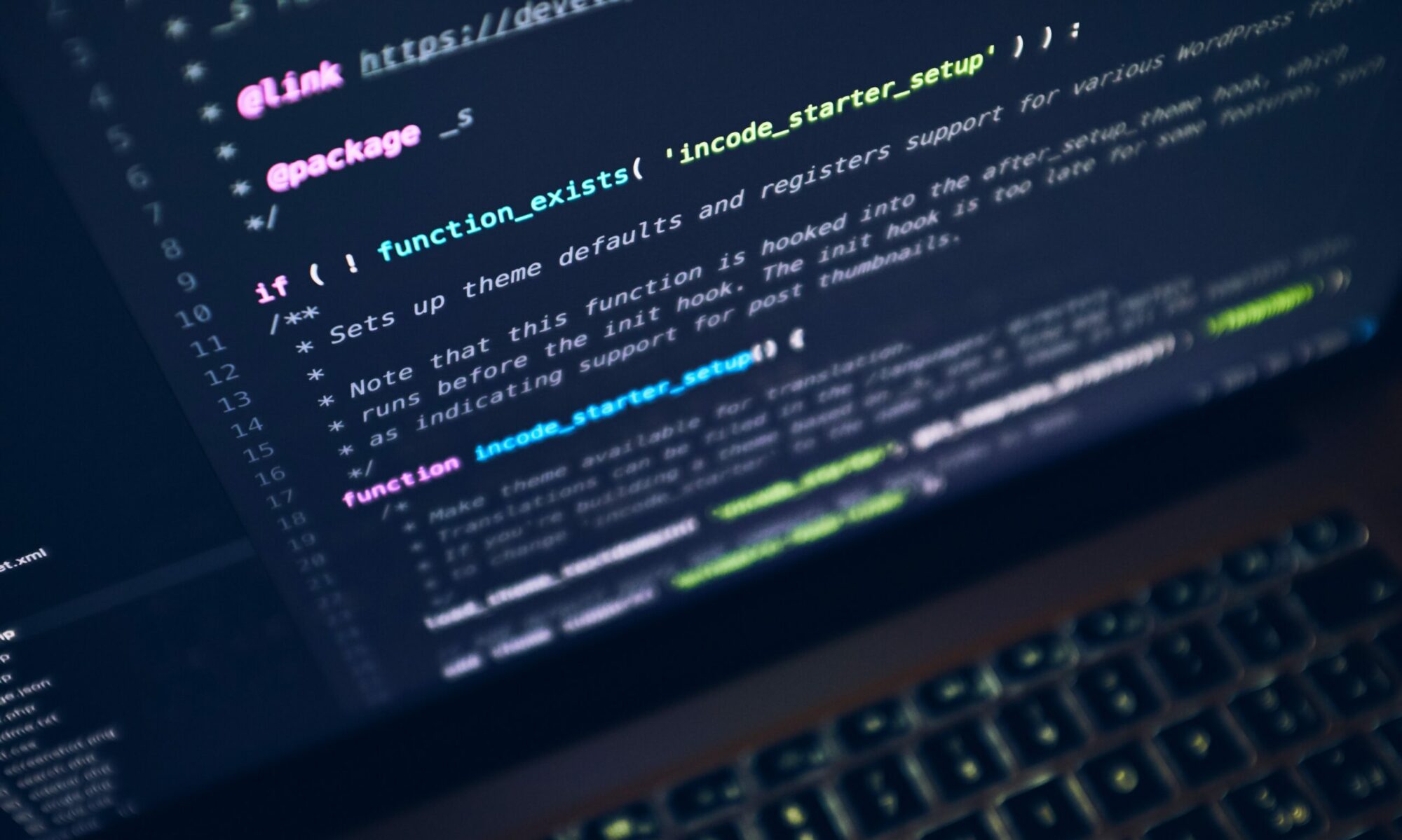Introduction
Today’s increasingly complex and diverse network landscape demands advanced tools to prevent, detect, and respond to cybersecurity threats. One such arsenal in warranting advanced cyber defense is the Security Information and Event Management (SIEM) software. These tools play an integral role in any cybersecurity protocol, making them invaluable assets in maintaining a healthy network environment.
Understanding SIEM and Its Value
Security Information and Event Management (SIEM) software works by collecting log and event data to predict, detect, and prevent cyber threats. These platforms function by parsing event logs and monitoring security events, a task initially not glamorous, but indispensable in an era shaped by automation and Artificial Intelligence (AI).
The true value of SIEM lies in the correlation of system events, categorizing them for priority and analysis and presenting critical events for immediate visibility and response. Mature SIEM systems improve this visibility significantly by escalating automatic alerts to response teams or executing automatic actions in response to alarm triggers.
How SIEM Works
Contemporary computing systems, including network devices, applications, operating systems, and cloud services, maintain event logs that offer information on security monitoring and applications performance. The event logs and related system data would need to be exported into a SIEM platform, an activity the SIEM agents handle. These agents operate on various systems and enable data export into the SIEM system.
The choice of a SIEM system depends on aspects like network topography, bandwidth capabilities, and the types of systems from which you need logs. Irrespective of the chosen SIEM system, it is crucial to ensure the whole infrastructure is configured for SIEM, including both on-premises and cloud components.
SIEM and AI-Enhancement
AI is increasingly playing an integral role in SIEM systems. It helps analyze vast volumes of data, delivering only useful information to the security operations center. SIEM platforms leverage correlation engines, AI, and machine learning to identify threat patterns and differentiate their offerings from competitors.
AI-enhanced SIEM systems leverage vast cloud data feeds from various vendors and sources, using this accumulated knowledge to build deep contextual insights into event data. All without manual intervention. Having this context is essential for triaging events, identifying attack chains, and formulating incident response plans. However, it’s important to remember that the feasibility of AI utilization may be determined by whether your network is cloud-based or on-premise.
Choosing a SIEM for Your Business
The process of identifying an ideal SIEM for your business can often include considerations such as the ability to support business-critical systems, enhancing threat detection, and integrating seamlessly with other security platforms. Other important factors to consider include the SIEM’s ability to comply with regulatory requirements, role-based access for security, alert configuration capabilities, and their practical options for log ingestion.
Ultimately, the final choice depends on several factors including cost, resource requirements, and business-specific needs.
Conclusion
Implementing a robust Security Information and Event Management (SIEM) system in your enterprise can help fortify your cybersecurity protocols. It’s a comprehensive solution that consolidates event data from multiple sources, correlates events, identifies anomalies and violations, and sends alerts. By understanding the functionality and key considerations when choosing a SIEM system, businesses can better equip themselves with more advanced defenses against evolving cybersecurity threats.
Related Links:
https://www.csoonline.com/article/524286/what-is-siem-security-information-and-event-management-explained.html

